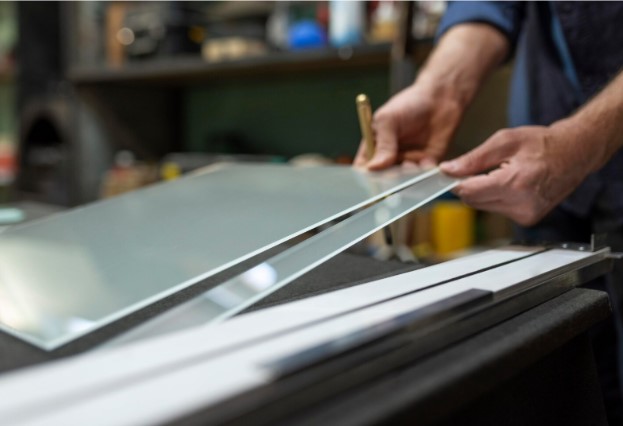Proper planning serves as a backbone in modern construction and architectural projects. The contractors spend months perfecting designs, engineers pore over details, and fabricators shape materials into life. Yet, one of the most undervalued considerations in the window installation process is glass and glazing shop drawings.
They are not just standard blueprints, but they offer specific details to hold all the moving parts together. Neglecting it can lead to costly mistakes and delays. Here are some reasons why shop drawings are important for a successful window installation process.
Offer Precise Measurements
Unlike bricks and concrete, glass doesn’t offer much room for improvisation. It demands to be measured and sized precisely to fit into a specific space. That is where the glass and glazing shop drawing helps to give the exact dimensions and essential installation details.
In this way, installers can smoothly install the window. Moreover, this level of accuracy helps prevent misalignment and measurement mistakes.
Allow Customization
Every project is unique and different from others. The modern architecture prefers custom glass designs to achieve different visual and functional goals. Whether it is a curved facades, colored glazing, or insulated units, shop drawings tailor every detail to address project requirements.
They act as a blueprint for creativity, outlining the specific dimensions, curvatures, and technical details needed to achieve the architect’s vision.
Spot Problems Beforehand
Even minor mistakes in construction can lead to costly repairs later. An unfit glass panel or a frame that clashes not only ruins the aesthetics of your wall design but also delays your entire project. Shop drawing drastically reduces these risks by detecting them beforehand.
This proactive approach not only saves money but also keeps the overall design intact, ensuring the final look matches your vision.
Serves as a Roadmap for Fabrication
For glass fabricators, the shop drawing serves as a roadmap. They mention important details like the material type, edge finishes, and sealing methods. Instead of guessing or relying on assumptions, fabricators can rely on these documents to produce glass units that match both technical and aesthetic requirements.
This clarity streamlines the production process. The result? Less wasted time, fewer mistakes, and a much smoother installation process.
Meeting Codes and Safety Standards
Another advantage of shop drawings is that they help ensure critical code compliance and safety. These building codes can vary from place to type of project. The shop drawing ensures that the glass components meet standards for wind resistance, thermal performance, or impact safety.
Regulatory agencies often review shop drawings for permit approvals. Having accurate and detailed drawings can speed up permits, reduce back-and-forth revisions, and give both contractors and clients confidence.
Conclusion
Modern construction is a balancing act between creativity and functionality. Glass and glazing shop drawings make sure that what looks incredible on paper can actually stand tall in real life—precisely built, safely installed, and fully aligned with the original vision. Moreover, this gives both clients and contractors peace of mind.

